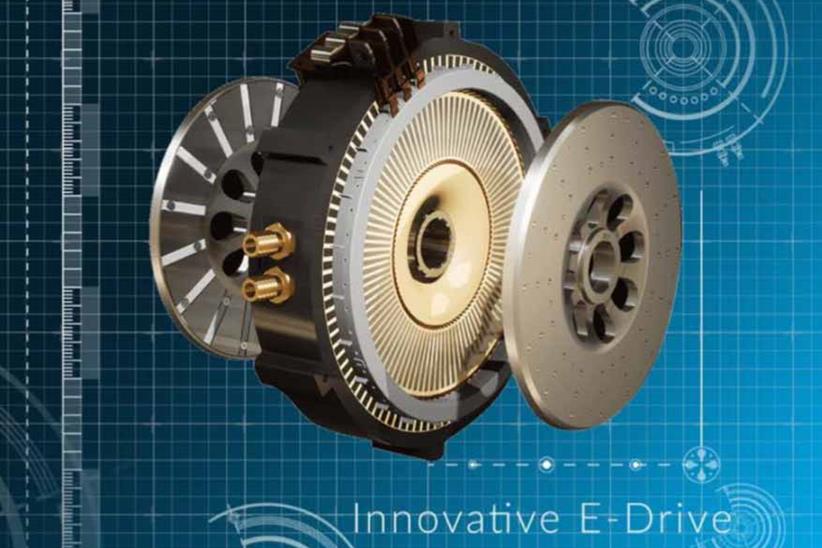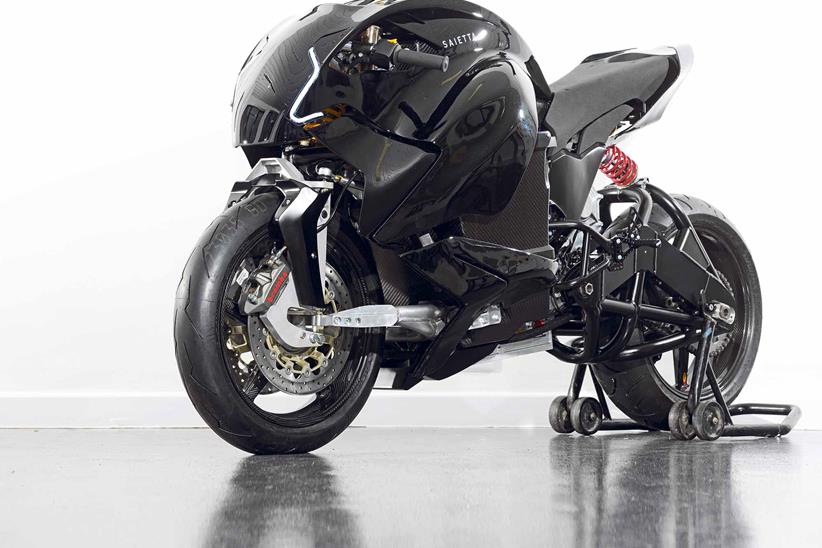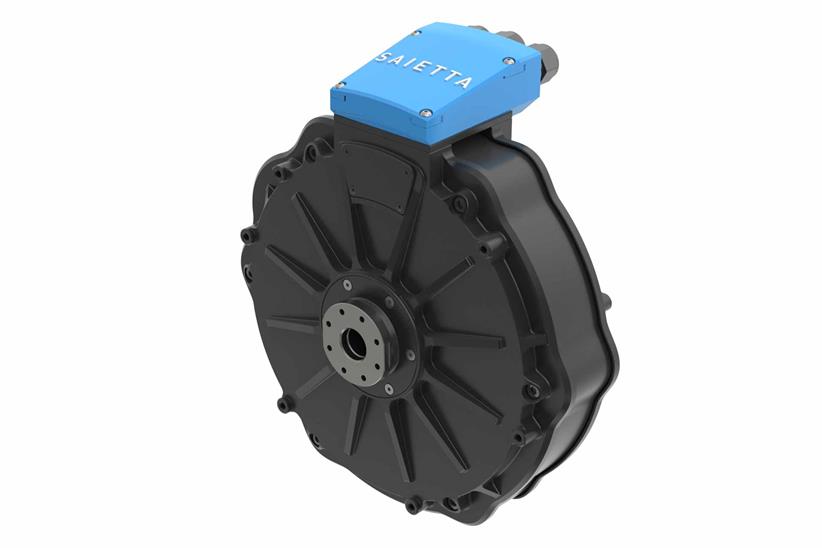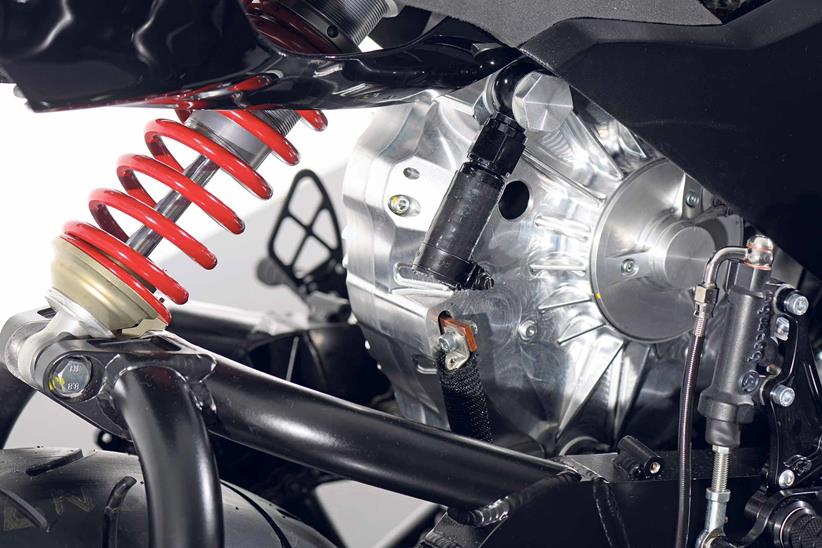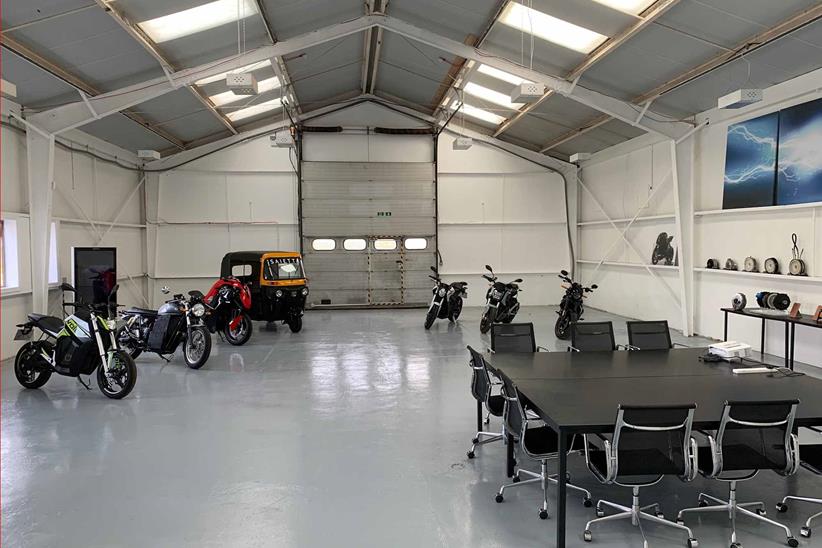UK electric bike specialists Saietta target global sales with new high-tech motor
One of Britain’s leading electric motor makers have announced ambitious expansion plans which could see their workforce multiply 10-fold and their technology used in thousands of machines on the global market.
Saietta, whose history includes the first electric TT winner in 2009 and the radical but still-born NGS electric superbike, are based in industrial units at the former RAF Heyford in Oxfordshire, and plan exponential growth over the next three to five years as they bid to roll-out their electric motor technology to new markets in Asia and the rest of the world.
Related articles on MCN
- Best electric bikes of 2020
- Warwick Moto electric superbike
- MCN rides a MotoE-spec Energica Ego Corsa
They also plan to create a new sustainable plant powered by solar panels, which will bring an additional 150-250 jobs to the area. The moves will “be funded by a fresh investment round,” say the company, whose latest accounts reveal they have 29 employees.
New engine technology
The planned expansion is the next stage in the company’s roll-out of their Axial Flux Traction motor to the mass electric vehicle (EV) market. An AFT motor, produced by Agni Motors, was used in the very first electric TT-winning machine in 2009 and has also helped set world electric speed records for everything from boats to aircraft. Saietta say the new and vastly improved version of the motor can also be used in buses and scooters.
Saietta were formed in 2015 when Agni Motors and Agility Global combined forces. In 2009 Team Agni won the first TTXGP with a machine using two Agni AFT motors in a Suzuki GSX-R750 chassis ridden by Robert Barber. At the renamed 2010 TT Zero, the Agni Motors machine finished second behind Mark Miller on the MotoCzysz.
KTM, with their Freeride-E, and American electric bike specialists Zero have also used Agni motors.
Radical chassis design
Agility Motors, meanwhile, had been formed in London in 2008 by former-F1 and aerospace engineer Lawrence Marazzi to specialise in environmentally-friendly motorcycle technology with an emphasis on performance.
In 2013 they produced the Saietta R electric roadster using the Agni AFT motor and in 2015, following the collaboration, they adopted the name Saietta (which means ‘Thunderbolt’ in the dialect from the area of Italy from where Marazzi’s family hail).
That year the prototype Saietta NGS electric superbike (pictured above) was also unveiled, promising 200bhp performance from its own next generation version of the AFT motor plus radical technology including hub-centre steering and a carbon fibre monocoque construction, albeit with a £58,000 price tag.
![]()
Years of planning
As part of the expansion plans, former Goldman Sachs MD Emmanuel Clair has been appointed as Non-Executive Chairman. Wicher Kist, Saietta Group’s CEO, said: “We have now reached the point at which the last three years of planning can be realised. To have seen market demand increase so significantly means that a new round of funding will allow us to capitalise on the wave of vehicles that will be entering development soon.
“We think our motor can be used to power the equivalent of 125ccc petrol engines. We are looking at building 100,000 motors in the near future but hope to significantly increase that as we make inroads in Asia.”
And while the company have no plans to turn the mad-looking NGS into a production machine, they have deployed the latest technology to it and there are plans to use it for some electric bike speed record attempts soon.
Clean and green future
The Saietta R has also been updated with the new motor and has performed well in tests as the company use it to test and showcase their technology.
“We need to clean up our cities,” added Kist. “Places like London, Paris and Berlin need this type of technology and with the use of lightweight, high-tech, interchangeable batteries, we feel we are on the brink of something really big.”
Tech watch: What is an ‘AFT’ motor?
![]()
The Axial Flux Traction (AFT) electric motor, or ‘pancake’ motor as it’s sometimes called, is a novel alternative to more common radial flux types as used by Zero and Harley-Davidson’s LiveWire. With radial flux motors the rotor rotates around the stator in a cylindrical, barrel-type casing, the main downside being size and weight.
With an axial flux motor the rotor and stator comprise concentric discs (hence the pancake name) with an air gap in-between. To balance the magnetic forces, two rotors are often used – one on either side of the stator.
The main advantages are three-fold and particularly suited to bikes: Dimensions and weight are usually less; they can produce more torque and they generate less heat. The downside is that AFT motors are usually more complex and expensive to produce.
Brit Cedric Lynch is renown as a pioneer of AFT motors, has been working with Agni Motors since 2002 and, says Saietta: “Continues to add innovation and insight at our global R&D hub in the UK.”
